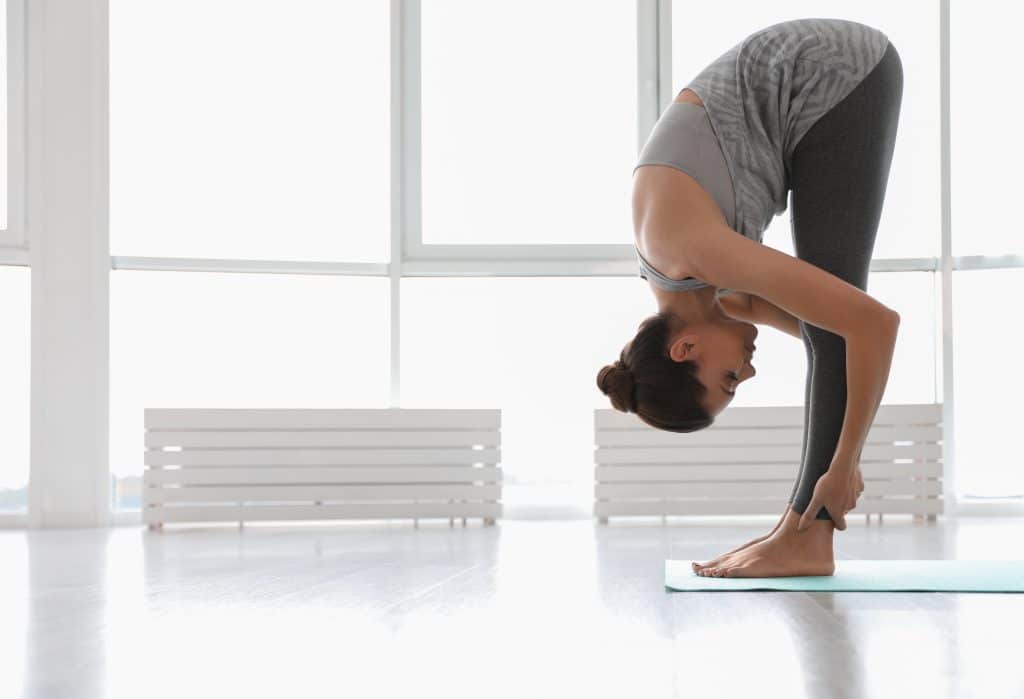
“Is Lumbar Decompression Surgery right for me?”
The consideration for lumbar decompression surgery first begins with “why” it should be considered in the first place. One reason is that it is absolutely necessary, or things will get worse if the procedure is not performed. This would be for conditions such as infections in the spine, blood clots on the nerves, cancers compressing nerves or progressively worsening weakness and loss of bodily functions due to anything compressing on the nerves.
Another reason for this procedure to be performed is for conditions that are causing more nerve related pain with certain activities such as walking, sitting or lying down. This pain can affect quality of life and limit function to the point that it is no longer tolerable despite non operative treatments. This pain is often caused by conditions such as spinal stenosis or herniated discs.
Recovering from Lumbar Decompression Surgery
Patients often times ask “how long it will take to get better?”
Fortunately, most of the nerve pain will get better right away and it is just the mild surgical discomfort to deal with. It takes about 6 weeks to healing from the small surgical incision and and generally 3 months for full recovery with return to full activities. More minimally invasive surgeries can lead to faster recovery times. In fact, many patients can go home the same day or the next morning depending on the specific procedure.
You can return to driving as soon as you are comfortable getting in and out of the vehicle, can operate the vehicle controls safely and are not taking any medications that cause drowsiness or trouble thinking. You should begin walking right away with increasing your time and distance as you feel more comfortable.
Returning to work will depend on what type of occupation you have. Those who do more clerical/admin/sedentary jobs can generally go back to work within 1-2 weeks. Those with more moderate/heavy work jobs will take longer.
Returning to the gym usually can occur after the first post-surgery visit. At about 2 weeks you can use a treadmill or stationary bikes. Light weights or body weight activities are also usually allowed.
Preparing for Lumbar Decompression Surgery
If surgery is recommended, you can prepare for it by making sure your wellness is where it should be. This includes stopping smoking, limiting alcohol intake and reducing excess weight prior to surgery.
Also, your primary care provider will need to make sure any medical conditions such as diabetes, high blood pressure, heart conditions, sleep apnea and other diagnoses are medically treated and optimized before surgery. You should also stop taking anti-inflammatory medications as well as certain over-the-counter supplements other than a multi-vitamin a few days prior to surgery as these can increase bleeding risk.
Preventing Lower Back Conditions
As far as prevention, the body will always age and, unfortunately, we can’t stop Father Time. In fact, 30% of people under the age of 50 will have some type of degenerative condition of the lower back, although many of these can conditions may not cause any symptoms. For every decade of life over 50 years of age, the likelihood of a lower back condition increases by 10%. By the time we are in our 80s and 90s most of us will have some type of low back condition. The good news is that most people are able to function well with a good quality of life.
Some things can’t be prevented, and accidents do happen, but there are several things you can do that will be helpful.
- Stop smoking. Medical evidence shows that those who smoke are more likely to have degenerative disc disease than those who don’t.
- Maintain a strong muscular core. Your muscles are the secondary stabilizers to the bones, ligaments and discs of your spine. Think of your spine like the boom of a large construction crane and the guy wires as the muscles that support it. If the guy wire fails, the boom will fall.
The “plank” exercise is probably the best and easiest way to strengthen your core and easier on the lower back than sit-ups.
- Maintain flexibility. As we get older, we get stiffer. The muscles and tendons of your legs attach to your pelvis which attaches to your spine. Tightness in any of these areas can reduce the ability of the spine to compensate when sudden movements occur.
Regular Yoga exercises, or any type of stretching program, may reduce some of these stresses.
- Maintain cardiovascular fitness. Walking, swimming and biking are easy exercises to do and are gentle on the spine, but any type of regular fitness program will be beneficial. Also, the better shape you are prior to undergoing surgery (should you need that), the faster your recovery.
- Lose weight. Patients who have higher than normal body weight, particularly around the waist, tend to put more stress on the facet joints in the low back which over time could lead to progression of spinal stenosis.
- Use proper lifting techniques. It is best to try to maintain an upright posture as much possible when lifting heavy items. This keeps the spine centered more over the pelvis which is more capable of bearing heavier loads than the spine due to its bony architecture. If you have to lift something off balance, remember to tighten your core muscles around your abdomen just before you make the lift. Your engaged core muscles will stiffen your spine and reduce stresses on the disc.
- Avoid prolonged sitting. It has been shown that sitting upright in a chair without armrests puts more load on the disc than any other position. If you have to sit a lot for your job, stand up frequently during the day. Also make sure your you have a chair that has armrests and proper low back support. Try to sit upright with good posture rather than slumping as this keeps the pelvis more aligned under the spine. Using a stand-up type of desk could also be helpful.
- Lumbar Decompression - December 22, 2020
- Everything You Want To Know About Meniscus Tears - December 1, 2020
- Conventional vs. Robotic-Arm Assisted Knee Arthroplasty - December 1, 2020

